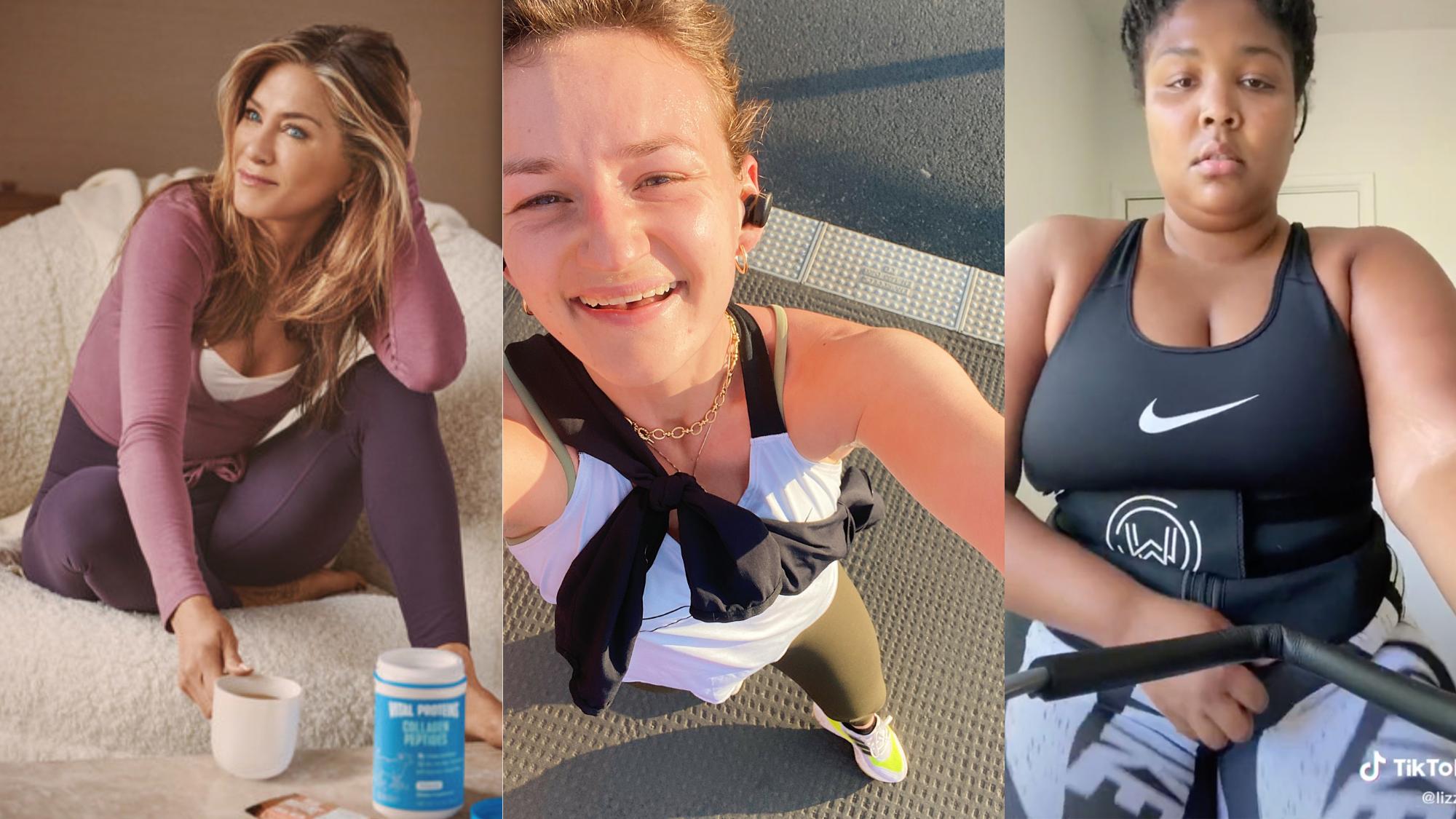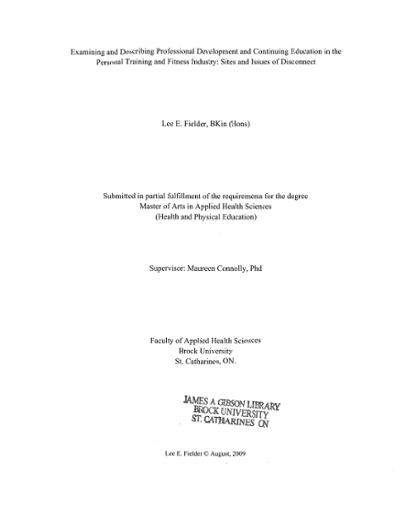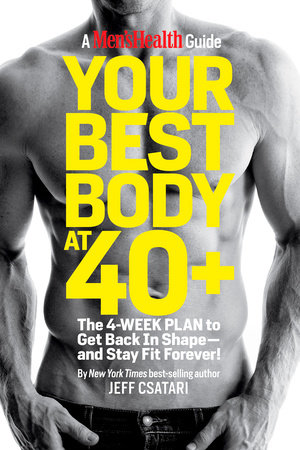
You should prepare well for the Personal Trainee exam. You can improve your score by using a Personal Coach study guide. These guides are available in both print and eBook versions. They also include practice questions that will help prepare you for the test. Flashcards are also included in these guides to help you recall important information.
ACE's Resources for the Personal Trainer
One of the most widely-respected texts for personal trainers is ACE's Resources for the Personal Trainer. This book outlines the main responsibilities of a personal coach, as well as how to evaluate a client's fitness level. The book also discusses client health.

ACE's Resources for the Personal Trainer include online courses, diagnostic samples tests, and an eBook platform compatible with almost all devices. It includes interactive quizzes and bookmarking features, which allow users to highlight and take notes. It also provides hyperlinks that enable students to access more information.
ACE's Advanced Concepts of Personal Fitness
Students studying for the ACE Advanced Concepts of Personal Training exam will find the study guide a useful tool. The study book includes hundreds practice questions that simulate the actual exam. The questions and the format of this test may be familiar to those who have already taken it. You have the option to take notes, pause, and restart your test as you need it.
Additionally, the study guide contains information on safety, professionalism and risk management. These are important topics for the test. There are 750 questions in the study guide with detailed explanations. Christy Hamilton, ACE Certified Personal Training Instructors, and Susan Hill, ACE Certified Personal Coaches, contributed to the creation of this study guide.
ACE's Mometrix NASM–CPT study guides
You can use the Mometrix NASMCPT study book to help you understand the material if your goal is to take the NASMCPT exam. This study guide has been created by experts to help you understand the content and answer questions. The Mometrix study book contains all you need to pass the exam.

The study guide includes more than 400 practice questions for the ACECPT exam. It is divided into quiz forms for each chapter. This will enable you to assess yourself and not waste time studying irrelevant material.
FAQ
Is it safe to exercise in cold weather?
Exercise outside whenever possible. You can exercise outside regardless of the weather. The factors that determine whether it's safe to exercise outdoors include wind speed, humidity, rain, visibility, and even visibility. Wear layers of clothing to keep you dry from rain and windchill when you exercise outside in inclement conditions.
What happens if I don't get enough sleep?
If you don't get enough sleep, your brain doesn't receive the signals needed to regulate hormones and chemicals in regulating appetite and metabolism. As a result, your body may become more hungry and can gain weight. Sleep deprivation can also lead to excessive weight gain.
When I exercise, should I consume alcohol?
You shouldn't consume alcohol while working out because it has calories. The moderate intake of alcohol (one a day) may improve endurance for workouts. It may also reduce fatigue and muscle aches caused by intense exercise.
Which Is More Important: Exercise, Diet, or Sleep?
The answer depends on what you want to achieve. Diet is key to losing weight. To build muscle mass, exercise is crucial. Sleep is the last important factor, as it has little to do with how well your day goes.
Why is it important that you get enough sleep?
For a healthy lifestyle, sleep is vital. Sleep allows your body to repair itself and recover from daily stresses. A good night's sleep is essential for optimal functioning throughout the day.
Can I eat while I exercise?
Yes. Yes. Watermelon, grapes (or carrots or celery), watermelon, grapes, apples, bananas or apples are all low-calorie snacks. These foods are high in nutrients, which can improve your performance during training.
What Are Cardio Exercises?
Cardiovascular exercise is any activity that requires your heart and lung to work harder than normal. You can do this by running, swimming, biking, rowing and bicycling. These activities increase metabolism and burn fat. These activities can help you keep fit and strengthen your heart.
Statistics
- One study showed that adults who watch more than 4 hours of television daily had an 80% higher risk of death from cardiovascular disease. (heart.org)
- In 2018, the World Health Assembly agreed on a global target to reduce physical inactivity by 15% by 2030 and align with the Sustainable Development Goals. (who.int)
- In high-income countries, 26% of men and 35% of women were insufficiently physically active, as compared to 12% of men and 24% of women in low-income countries. (who.int)
- Physical activity confers the following maternal and fetal health benefits: a decreased risk of pre-eclampsia, gestational hypertension, gestational diabetes (for example, 30% reduction in risk) (who.int)
External Links
How To
How to Lose Belly Fats More Fast
Belly Fat is often thought of as a problem when trying to lose fat. When you stop and think about it, Belly Fat can actually be a blessing. Your organs are protected from being damaged by excess belly fat. Let's look at how to rapidly lose belly fat.
Stress and inactivity are two of the major factors that cause us to store body fat. Because stress stimulates the release of cortisol hormone, it makes us hungry all the time. Cortisol raises insulin levels. The excess calories are stored as fat by insulin. Insufficient sleep can lead to an increase in appetite and adrenaline release. These extra calories are broken down through exercise.
There are many methods to lose belly fat. Any one of these can be tried, depending on how much you have to spend. These are some ways to quickly lose belly fat.
-
Reduce your food intake. You should eat smaller meals throughout the day than you would if you ate three big meals. This will result in fewer calories.
-
Drink lots of water. Water helps flush out toxins from the body and keeps you hydrated. Drinking water prior to every meal will ensure that you are satisfied for longer periods of time and won't eat too much.
-
Avoid eating unhealthy snacks. If you're looking for quick fixes, snack foods like chips, cookies, candies, etc. might seem tempting. These sweet treats can be tempting, but they are high in empty calories and sugar. Instead, opt for healthy alternatives such as fruits, vegetables and whole grains.
-
Three times per week, strength training is recommended. Strength training builds muscle mass that burns more calories, even when it is done while you rest. Strengthening your bones, muscles as well ligaments, joints, tendons, heart and lungs.
-
Walk or stretch regularly. Stretching increases flexibility and mobility. It also reduces back pain. Walking is great for burning calories.
-
Reduce alcohol intake. Reduce alcohol intake. Alcohol is a waste of calories and has no nutritional value.
-
Lose weight gradually. First, determine your current weight. Then, add 5% to 10% to your body weight to get your ideal weight. Once you have calculated your target weight, start reducing calorie consumption by 500-1000 calories daily until you reach your goal.
-
Avoid processed foods. These foods are high-in salt, sugar, as well as preservatives. Even though they can be very convenient, these foods lack sufficient nutrients to support your health.
-
Don't skip breakfast! A good breakfast can improve concentration, memory, as well as energy level. Include protein (like eggs) and fiber, like oats, in your breakfast.
-
Have regular bowel movements. Gas and bloating can result from irregular bowel movements. This can be prevented by drinking plenty of water and increasing fiber intake.